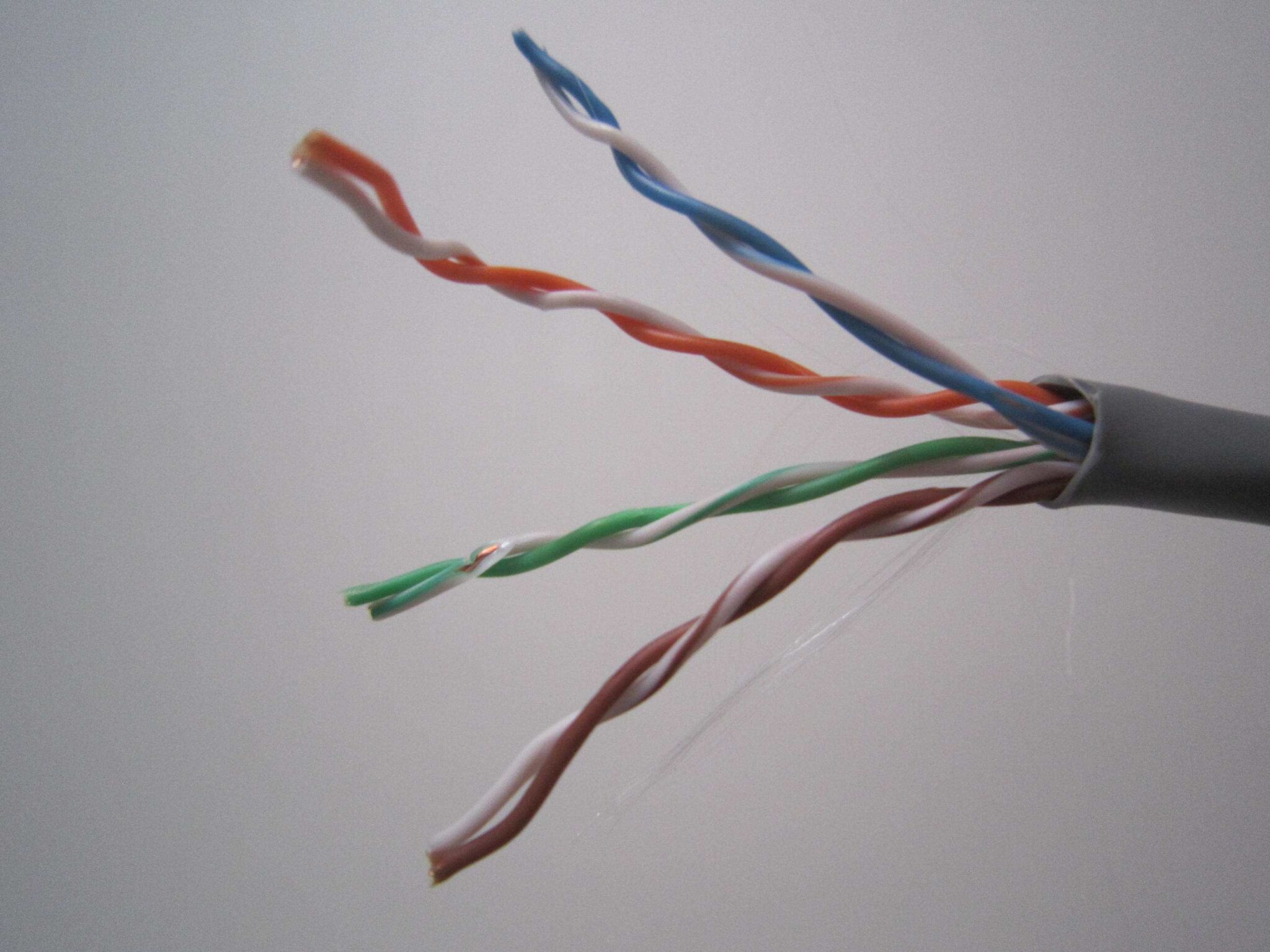

Media converters that include Layer 2 switching functionality offer rate-switching as well as other innovative features. They are presented as physical layer or Layer 2 switching systems. Generally, media converters are protocol specific and they support an extensive array of data rates and network types. In addition, media converters have the capability to convert between wavelengths for applications that use wavelength division multiplexing (WDM).

It also converts a dual fiber link to single fiber with the help of bi-directional (BIDI) data flow. 100Base-FX also works for speeds up to 100 Mb but uses fiber optic cable instead of UTP.A media converter offers fiber-to-fiber conversion as well, from multi-mode fiber into single-mode fiber.100Base-TX (sometimes called 100Base-T) uses two of the four available pairs within the UTP cable, whereas the 100Base-T4 uses all four pairs.All CAT5 UTP cables have four pairs of cables (eight wires).100Base-TX/T4 works for 100 Mb networks only and uses unshielded twisted pair cable with RJ-45 connectors at each end.To summarize, keep the following in mind: The FX means it's a two strand fiber cable and supports speeds up to 100 Mbs. Maximum length is 100 meters and minimum length between nodes is 2.5 meters. The T4 means it's a CAT5 UTP straight through cable using all four available pairs and supports speeds up to 100 Mb. The TX (sometimes referred as "T" only) means it's a CAT5 UTP straight through cable using two of the four available pairs and supports speeds up to 100 Mb. All 100MB rated cables, except the 100Base-FX, use CAT5 cable. For more information, see the " UTP -Unshielded Twisted Pair" page where you can find information on pinouts for the cables. The 100Base-T is used sometimes to refer to the 100Base-TX cable specification. For example, UTP has twisted pairs and this is the cable used in such cases. This shows the structure of the cable and tells us it contains pairs which are twisted. The "T" refers to "Twisted Pair" physical medium that carries the signal. This is the reason cable modem users notice a slowdown in speed when they are connected on a busy node, or when their neighbor is downloading all the time at maximum speed! Of course with Ethernet you will notice a slowdown in speed but it will be smaller in comparison to broadband. Baseband is the type of communication used by Ethernet and it means that when a computer is transmitting, it uses all the available bandwith, whereas Broadband (cable modems) shares the bandwidth available. In practice though, you wouldn't get more than 4 Mbps. The 100 MHz speed translates to 100Mbit per second, which in theory means 12 Mbps. If you try to use this type of cable for greater frequencies (and, therefore, speeds) it will either not work or become extremely unreliable.

The greater the MHz, the greater speeds the cable can handle. The number 100 represents the frequency in MHz (Mega HertZ) for which this cable is made. We are going to break the "100Base-T" into three parts so we can make it easier to understand: 100 The 100Base-TX cable provides fast speeds up to 100Mbits and is more reliable since it uses CAT5e cable ( see the CAT 1/2/3/4/5 page).There is also 100Base-T4 and 100Base-FX available, which we discuss at the end of this article. The 100Base-TX (sometimes referred to 100Base-T) cable was until 2010 perhaps the most popular cable around since it has actually replaced the older 10Base-T and 10Base-2 (Coaxial).


 0 kommentar(er)
0 kommentar(er)
